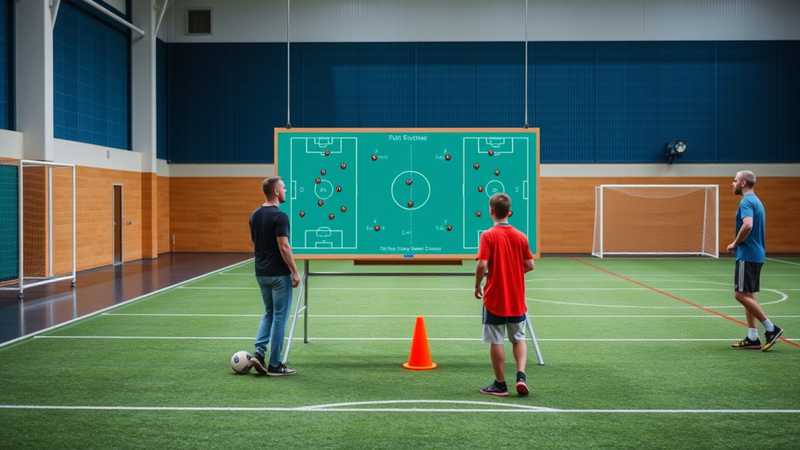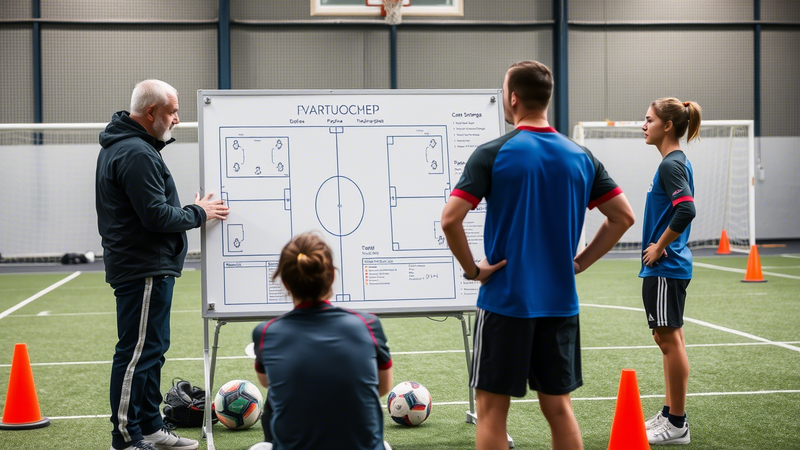Sport boards are no longer just for extreme sports enthusiasts—they’re quickly becoming a staple in training routines for athletes of all levels. Whether you’re a professional looking to gain that extra edge or someone simply aiming to boost fitness and balance, sport boards can elevate your training regimen in numerous ways. In this article, we’ll explore how sport boards can take your training to the next level, discuss the various types available, and offer practical tips on incorporating them into your workouts.
The Benefits of Using Sport Boards in Training
One of the primary benefits of incorporating sport boards into your training is the development of balance and core strength. Unlike traditional gym equipment, sport boards force your body to stabilize itself on an unstable surface. This not only engages your core muscles but also improves coordination and proprioception—the ability to sense where your body is in space. As you progress, this enhanced stability can lead to improved performance in other areas, such as running, cycling, or even team sports.
Another advantage is the increased versatility sport boards offer. They are designed to target different muscle groups, from the legs and core to the upper body, depending on the exercise you perform. This versatility means you can seamlessly integrate sport board exercises into your existing workout plan, diversifying your routine and keeping your body challenged in new ways. Moreover, get professional sport boards for your team, as they can reduce the risk of injury by promoting better body awareness and balance, which are crucial for preventing falls and strains.
Types of Sport Boards and Their Unique Advantages
There is a wide variety of sport boards available, each designed to cater to different training needs and styles. Here are a few popular types:
- Balance Boards: Balance boards are perhaps the most common type used for training purposes. They come in various forms—from wobble boards to rocker boards—and are excellent for improving stability, coordination, and strength. Athletes often use balance boards as a warm-up tool to engage the core muscles before diving into high-intensity workouts. Additionally, balance boards are beneficial for rehabilitation, helping individuals regain stability after injuries.
- Skateboards: Skateboarding isn’t just a recreational activity; it’s also a rigorous workout that builds endurance, agility, and lower body strength. Practicing tricks and navigating different terrains on a skateboard can enhance your reflexes and balance, transferring these skills to other sports. Skateboards require quick shifts in weight and constant adjustments, making them excellent for developing dynamic balance and coordination.
- Paddle Boards: Stand-up paddleboarding (SUP) has surged in popularity as a full-body workout that combines strength training and cardiovascular exercise. Paddle boards challenge your stability while also providing an effective workout for the core, arms, and legs. The resistance offered by the water further intensifies the exercise, making it a low-impact yet high-benefit activity. Whether you’re gliding on a calm lake or catching small waves, paddle boarding offers a unique blend of mindfulness and physical exertion.
- Surfboards: Surfing is renowned for its ability to improve balance, flexibility, and overall strength. Riding waves requires not only physical strength but also a deep understanding of body movement and balance. For many athletes, incorporating surfing into their training routine is a fun way to work on cardiovascular endurance and build lower-body strength. The unpredictability of the ocean forces surfers to adapt quickly, fostering mental resilience alongside physical agility.
Incorporating Sport Boards into Your Training Routine

Integrating sport boards into your training doesn’t have to be complicated. Start by identifying the areas you want to improve—whether it’s balance, core strength, or overall coordination—and choose a board that aligns with your goals. The following useful advice will help you get started:
- Begin Slowly: If you’re new to using sport boards, start with simple exercises to build confidence. For example, try standing on a balance board for short intervals while holding onto a stable surface until you become comfortable.
- Mix It Up: Variety is key to preventing your body from plateauing. Alternate between different types of boards or incorporate board exercises alongside your regular workouts. This not only keeps your routine interesting but also challenges different muscle groups.
- Focus on Form: Quality always trumps quantity. It’s essential to perform exercises with proper form to maximize benefits and reduce injury risks. Consider working with a trainer initially to ensure you’re using the correct techniques.
- Set Realistic Goals: Integrate sport board exercises gradually into your training plan. Whether it’s a daily balance challenge or weekly paddleboard sessions, setting achievable goals can help track your progress and maintain motivation.
- Listen to Your Body: Like any form of exercise, sport board training can be demanding. Pay attention to how your body responds and take breaks when necessary. Consistency is important, but so is recovery.
The Long-Term Impact on Performance
Using sport boards can lead to significant improvements in athletic performance over time. The constant engagement of stabilizing muscles not only strengthens the core but also improves reaction time and coordination. This translates into better performance in various sports, business, and everyday activities. Athletes who incorporate these tools often report enhanced proprioception, quicker reflexes, and a more balanced overall physique.
Moreover, the mental benefits should not be overlooked. Sport board exercises require focus and concentration, which can improve mental clarity and reduce stress. This mindful aspect of training can be particularly beneficial during high-pressure situations, whether in competitive sports or in day-to-day challenges.
Conclusion
Sport boards offer a dynamic and effective way to elevate your training regimen. Their ability to improve balance, core strength, and overall coordination makes them a valuable addition to any fitness routine. From balance boards and skateboards to paddle boards and surfboards, there’s a wide array of options available to cater to your specific training goals. By starting slowly, focusing on form, and gradually integrating these tools into your workouts, you can unlock new levels of performance and enjoy a more varied and engaging exercise routine.
Whether you’re aiming to enhance athletic performance or simply looking to improve your overall fitness, sport boards provide an innovative approach to training that combines physical benefits with mental focus. Embrace the challenge, explore different types of boards, and watch as your training—and performance—soars to new heights.
